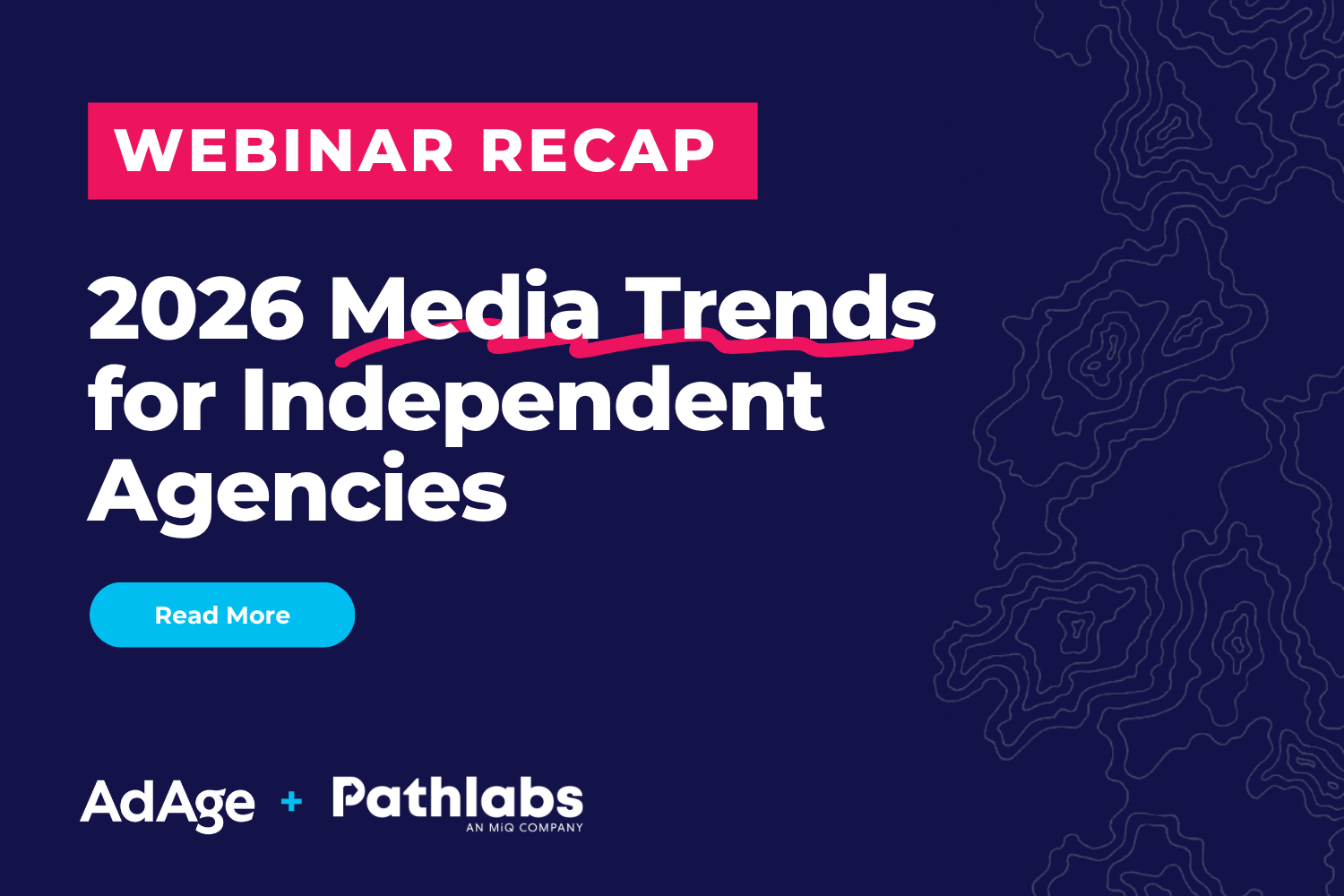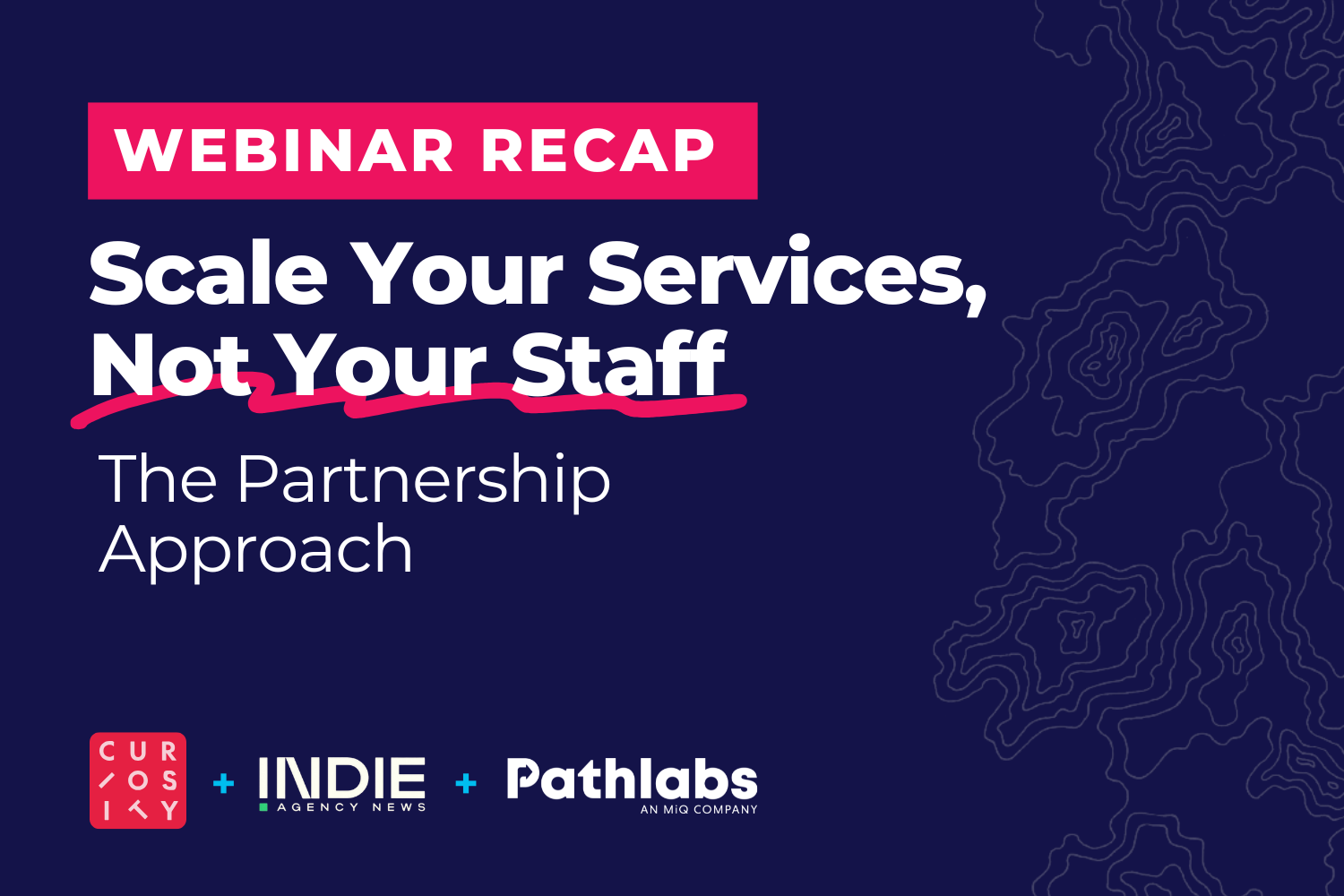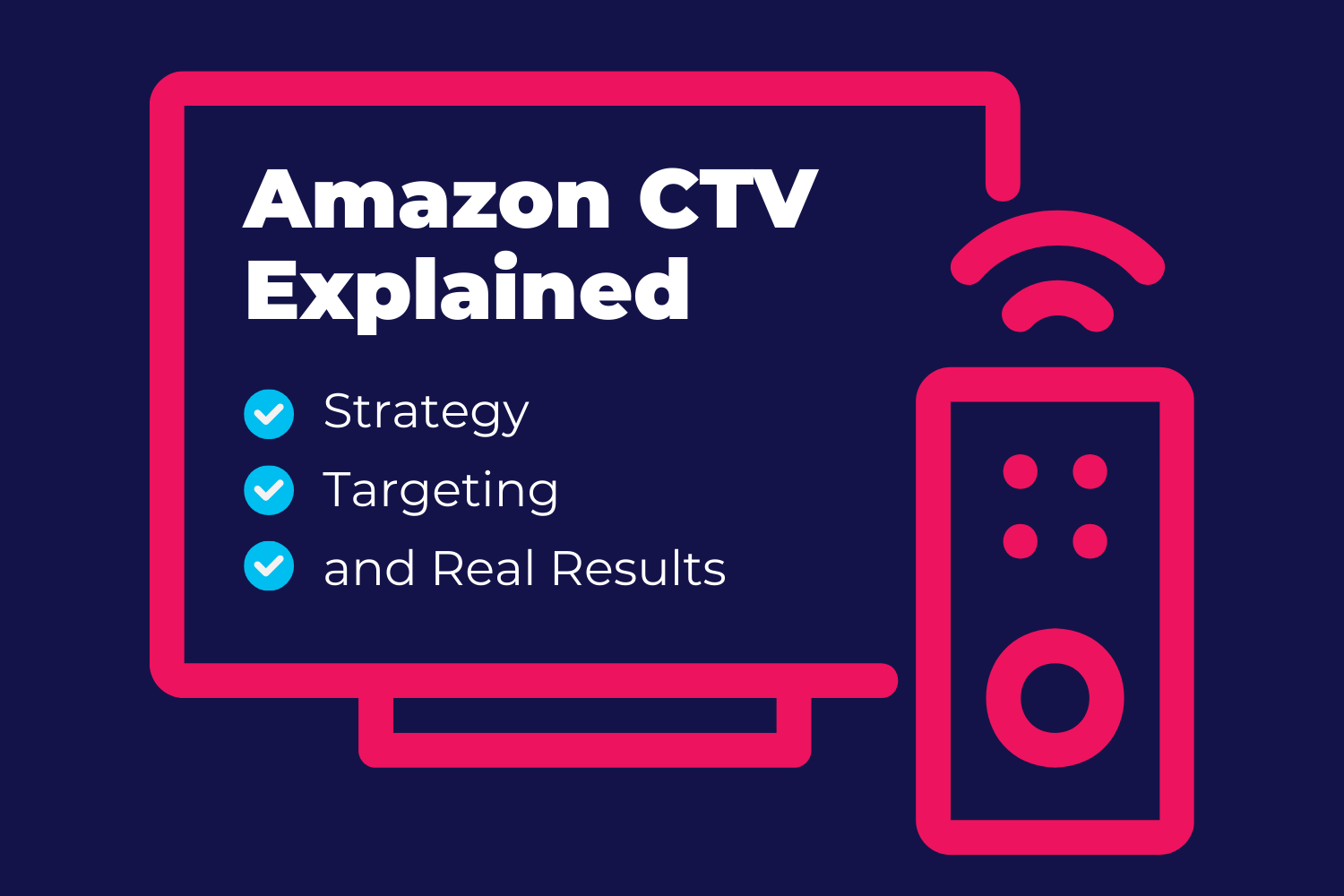What is Digital Activation + Why is it Important?
| Pathlabs Marketing |
| April 26, 2022 |
“People shop and learn in a whole new way compared to just a few years ago, so marketers need to adapt or risk extinction.”
What is digital activation? Here is what agencies and in-house marketing teams need to know about the idea behind digital activation and why it’s so essential.
You can understand why modern brands are switching up their marketing experiences by looking at the new generation of customers. Audiences are becoming more and more digitally native, and brands need to learn to reach their audiences in that space to survive and thrive.
“With potential customers being younger and more advanced in the digital landscape, brands and agencies must be more agile in their digital platform selection. They need to adapt and switch up their strategy from more traditional to digital media, in order to keep up with their new progressive target audiences.”
The term digital activation has been growing in popularity over the last few years. Accelerated by the COVID-19 Pandemic, traditional marketing practices continue to see less growth while the world of digital is growing quicker than ever. In 2021, digital marketing spending increased by 15.8%, while traditional marketing spending only saw a 1.4% gain (Statista, 2022).
What is Digital Activation?
To us, digital activation is, ultimately, the act of pressing "go" on a digital advertising campaign. It comes only after you've laid all the groundwork. Once you've built your media strategy, prepared your content, determined campaign goals, set up your media tools, and trained your team, you need someone to push "go" on your campaign. All that is digital activation.
Why is Digital Activation Important?
Digital activation is critical because the way we deal with modern customers has evolved. As a result, we essentially interact in a virtual world with most brands. Digital activation efforts are how we remind our customers that the brand is authentic while meeting them in the places where they do their research and make decisions. The latter part is critical. The hopeful result of a successful digital activation effort is sometimes clicks, sometimes engagements, sometimes leads and oftentimes sales.
“Since the creation of the internet, we are all now part of the global market. There’s elevated competition for customers, and brands need to be taking advantage of the digital space to keep up.”
Digital Activation Examples
A few digital activation examples include paid social, display, paid search, native, and CTV. Although this list could be almost endless, we'll go into more detail with these few critical digital activation tactics:
Paid social is advertising through sponsored messages to social network users based on user profiles' demographic and psychographic characteristics. The advanced targeting capabilities of social networks play a huge role here.
Retargeting delivers brand and direct response advertising to prior visitors of our web presence. Retargeting allows you to get in front of people who've shown some interest in your brand, with your goal being to move them further down the funnel.
Paid search shows ads on search engine results pages through search engines like Google and Bing. Paid search is a great activation strategy to reach people who're "leaning in" wanting to make progress towards a goal.
Native advertising is sponsored content that matches the form and function of the platform upon which it appears. A piece of native content tends to have a very organic connection with the websites it runs on.
Connected television, or CTV, is content streaming through apps, either on a smart TV or through an over-the-top device. CTV can be a fantastic strategy to reach a massive audience at scale.
These digital activation functions can play a significant role in advertising campaigns, but how do marketers choose which of these is suitable for their marketing strategy?
Planning an Effective Digital Activation Strategy
An effective digital activation strategy starts way before you press go on the advertising campaign. Before digital activation, marketers should build a media plan, design ads to necessary specs, create landing pages, finalize tracking, and set campaign goals. Make sure you can answer these questions before launching your digital campaign:
What is my campaign objective?
Who is my target audience?
How do we want to reach this audience?
What is our digital campaign budget?
What KPIs do we have set (how will we track the success of this campaign)?
What tools will we use?
“Growth is never by mere chance; it is the result of forces working together.”
Digital Activation Roadblocks and How to Overcome Them
The most common roadblock in creating a successful digital activation plan is resources. We're talking about people. As it stands today, digital activation and media management includes a lot of grunt work. Someone has to do it all. Once the campaign launches, the work is hardly done.
To achieve success in media execution, you will need to build a team with expertise in every step of the process. Next, let’s cover some of the tasks necessary to execute a successful digital activation effort.
Successful Media Execution - The Tasks:
Campaign pricing and invoicing
Matching creatives to URLs and appending UTM parameters
Normalizing all channel and platform data (i.e., making it speak apples-to-apples)
Optimizing budgets to hit KPIs
Adjusting creatives if they are not working
Budget and impression pacing
Conversion tracking
In many ways, media professionals are the unsung heroes of the advertising world. They can make or break a campaign and often pull long hours to ensure performance. Can't manage all of the tasks above in-house? You can always outsource tasks to expert media managers. Otherwise, you need to be realistic about what's required to attract and develop the talent you need in-house.
“Nothing you plan out will matter if you don’t have the human capital required to execute a successful campaign.”
Roadblocks can also happen after activating. As a matter of fact, they usually do. That’s when most of the work happens. Maybe your audience isn't engaging. Maybe your creatives aren’t performing. Maybe conversions aren’t tracking correctly. Maybe you’re having a heck of a time trying to make the required software solutions talk to each other. The list goes on and on.
Digital activation is a necessary part of just about any modern marketing effort. While it’s not always easy, in the long run, the work is almost always worth it.
The key is to get started. Then start tracking, optimizing, improving, and ultimately getting closer to (or surpassing) the goals you set for your digital activation effort.












